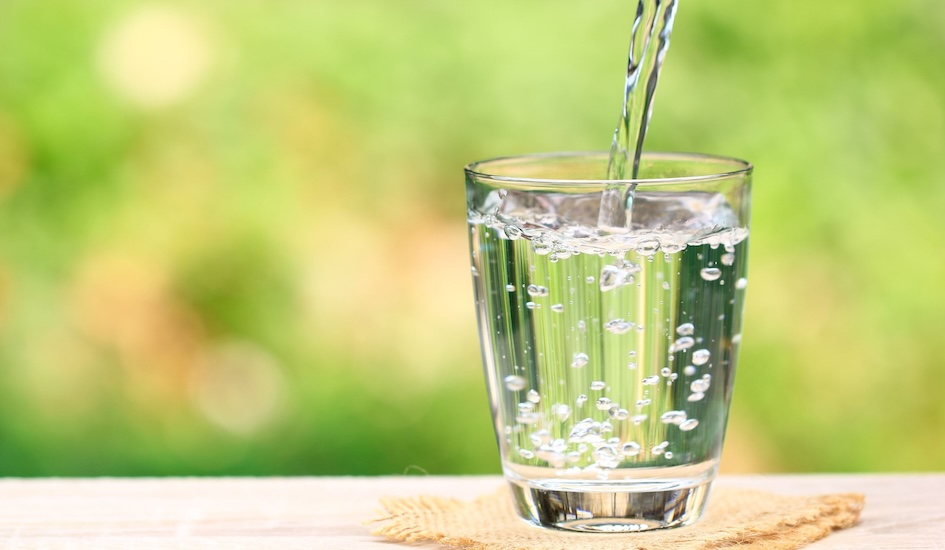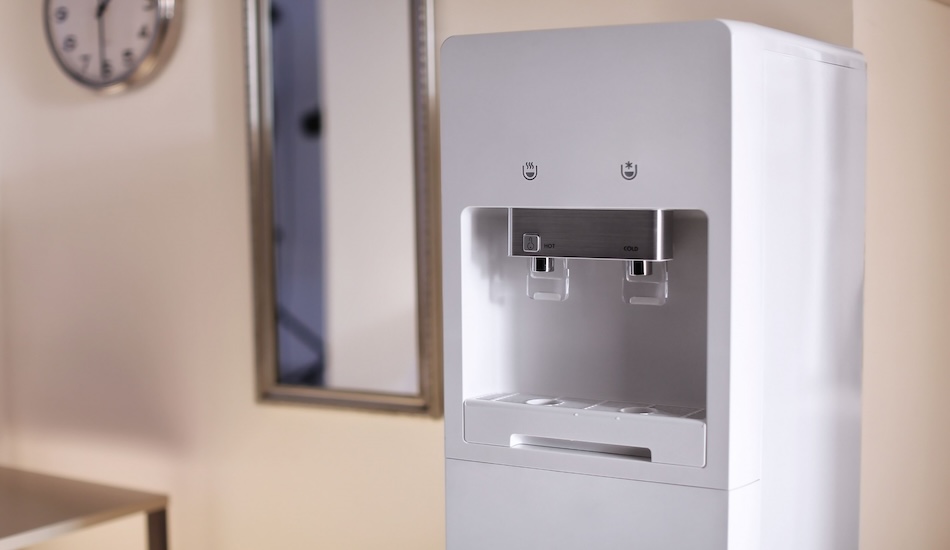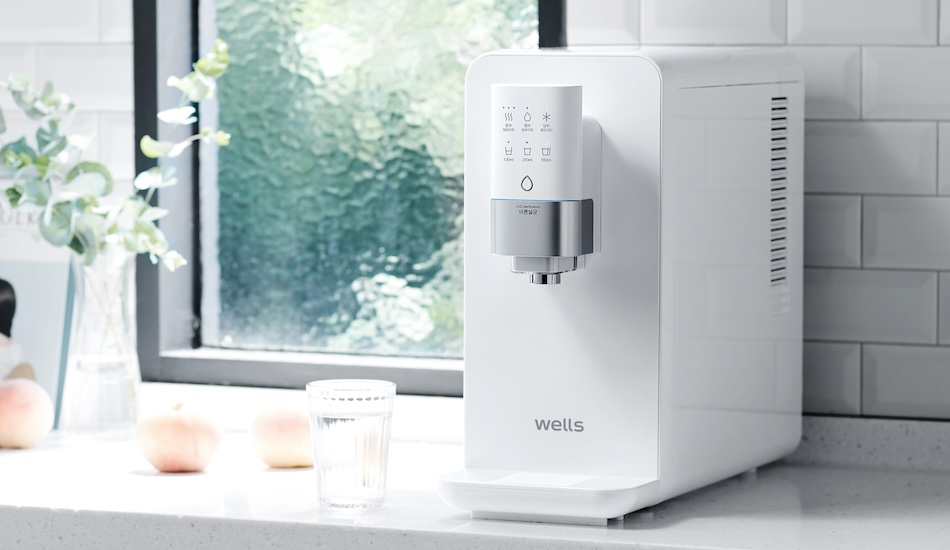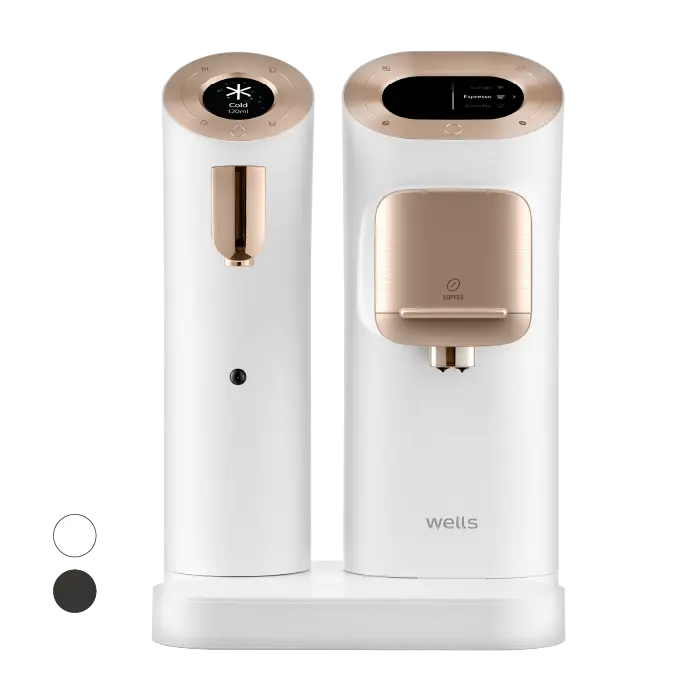The human body needs water daily, and our water must be pure and free from contamination. Water purification ensures that water from various sources meets international purity standards for human use by removing unwanted chemicals, substances, sediments, and gases. Water purification can be done using techniques such as boiling, filtering, reverse osmosis (RO) process, UV disinfection, or simple methods like filtering and disinfection with sugarcane.

Two different approaches have been backed in water purification: traditional and tankless units. Traditional water filtration systems typically consist of a tank where purified water is stored until needed. In rare cases, the filtration process can involve several purification steps, from sedimentation to UV treatment. On the other hand, tankless water purifiers provide cool water on demand without storing it in a tank. This design maintains water quality and ensures a continuous supply of fresh and sanitised drinking water.
Both filtration approaches are valid. Choosing water filtration over the conventional method depends on water quality, consumption, and space. As we delve into the details of each system, we will uncover the specific filtration needs they address and the different tastes and preferences each system offers.
Traditional Water Purifiers

Traditional water purifiers operate on the principle of removing impurities through a series of filtration stages. Here’s an overview of how they work and their advantages and disadvantages:
How They Work
- Pre-Filter Stage: The process begins with a pre-filter that captures larger particles such as dirt and sediment.
- Activated Carbon Filter: Water then passes through an activated carbon filter, which removes chlorine, pesticides, and many organic compounds, improving taste and odour.
- Additional Filters (Optional):
- Ion Exchange Resin: Some models use this to reduce water hardness.
- Microporous Filter: Catches microscopic contaminants.
- UV Lamp: The final stage often involves disinfecting water by killing bacteria and viruses.
Pros of Traditional Water Purifiers
- Cost-effective: Generally less expensive upfront compared to tankless systems.
- Proven Technology: Long-standing use with a well-understood mechanism.
- Low Maintenance: Requires less frequent service interventions.
- Power Outage Resilience: If equipped with a manual pump, it can provide purified water even without electricity.
Cons of Traditional Water Purifiers
- Space-Consuming: The tank can take up considerable space.
- Risk of Secondary Contamination: Bacterial growth can occur if the tank’s water level is improperly maintained.
- Slower Process: Multi-stage filtration can slow the water flow rate.
- Regular Cleaning: The storage tank requires periodic cleaning to ensure water quality.
Common Types of Traditional Water Purifiers
- Gravity-Based Purifiers: Use non-electric, simple filtration methods suitable for water with low Total Dissolved Solids (TDS).
- UV Water Purifiers: Employ ultraviolet light to kill bacteria and viruses without altering water chemistry.
- RO (Reverse Osmosis) Purifiers: Incorporate a semi-permeable membrane to remove many contaminants, including dissolved salts and metals.
- Ceramic Purifiers: Using a natural ceramic filter removes bacteria and protozoa by size exclusion.
Tankless Water Purifiers

Tankless water purifiers, also known as on-demand water purifiers, utilise advanced technology to instantly provide purified water without needing a storage tank. Here’s an overview of their operation, benefits, and drawbacks:
How Tankless Water Purifiers Work
- Filtration: Water enters the system and immediately passes through one or more filters, such as activated carbon or sediment filters.
- Purification: The filtered water undergoes additional purification stages, such as reverse osmosis (RO), ultraviolet (UV) light, or other advanced processes.
- On-Demand Delivery: Once purified, the water is delivered straight to the faucet, ensuring it’s fresh and hasn’t been sitting in a tank where bacteria could grow.
Pros of Tankless Water Purifiers
- Space-Saving: No bulky tank means more room in your kitchen or wherever the cleaner is installed.
- Instantaneous Supply: Provides fresh water on demand, with no waiting time.
- Reduced Risk of Contamination: Without a tank, there’s less risk of bacterial growth and secondary contamination.
- Energy Efficiency: Typically uses less energy as it only operates when dispensing water.
Cons of Tankless Water Purifiers
- Higher Cost: Generally more expensive to purchase and install than traditional purifiers.
- Complexity: Due to the system’s complexity, this may require professional installation and maintenance.
- Dependency on Electricity: Usually requires electricity, which can be a problem during power outages.
Common Types of Tankless Water Purifiers
- RO Purifiers: Use a semi-permeable membrane to remove contaminants. Tankless RO systems are compact and efficient.
- UV Purifiers: Disinfect water using UV light without needing a storage tank.
- Ultrafiltration (UF) Purifiers: Employ hollow fiber membranes to remove bacteria and viruses from water on demand.
Comparison
| Factor | Traditional Water Purifiers | Tankless Water Purifiers |
| Cost Comparison | ||
| Initial Cost | Generally less expensive upfront | Higher initial cost due to advanced technology |
| Operating Cost | May have higher ongoing costs due to less energy efficiency | Potential savings over time due to energy efficiency and less frequent filter changes |
| Effectiveness in Purifying Water | Both can be highly effective, depending on the technologies used (e.g., RO, UV, UF) | Often incorporate the latest purification technologies, providing an edge in removing certain contaminants |
| Maintenance and Installation | ||
| Maintenance | Requires regular cleaning to prevent bacterial growth | Generally less maintenance but may need professional service for filter changes or repairs |
| Installation | Typically easier and less costly to install | Often requires professional installation due to complexity |
| Environmental Impact Comparison | ||
| Waste | It may waste more water, especially in RO systems with tanks | Designed to be more water-efficient, especially in RO systems |
| Energy Use | May keep the UV lamp on continuously to maintain water quality | They are more energy-efficient as they purify water on demand |
Factors to Consider When Choosing
When choosing between traditional and tankless water purifiers, several factors should be considered to ensure that the selected system meets your needs. Here’s a detailed look at each factor:
Water Quality
- Testing: Testing your water for contaminants like heavy metals, bacteria, and chemicals is essential. This will help determine which purification technology best suits your water source.
- TDS Level: The Total Dissolved Solids (TDS) level will influence whether you need an RO system or a simpler filtration method.
Budget
- Initial Investment: Assess how much you are willing to spend initially. Tankless systems may have a higher upfront cost.
- Long-Term Costs: Consider ongoing expenses such as filter replacements, electricity, and water wastage, which can vary between systems.
Space Availability
- Kitchen Layout: Evaluate the space under your sink or on your countertop to decide whether a bulkier traditional system or a sleek tankless system is more appropriate.
- Installation Space: Some systems may require additional space for components like pumps or extra filters.
Maintenance Requirements
- Frequency: Traditional systems may need more frequent maintenance due to the tank, while tankless systems often have longer-lasting filters.
- Ease of Maintenance: Consider whether you’re comfortable performing maintenance tasks or prefer professional servicing.
Personal Preferences
- Convenience: A tankless system might be more appealing if you prefer immediate access to purified water without waiting.
- Lifestyle: Your daily water usage and whether you have a busy lifestyle can influence your choice, as tankless systems deliver purified water faster.
Conclusion
The key differences between traditional and tankless water purifiers are their design, cost, maintenance, and environmental impact. Traditional cleaners are cost-effective and have a proven track record, but they require more space and regular maintenance to prevent bacterial growth in the tank. Tankless purifiers, while more expensive upfront, offer fresh water on demand, save space, and are generally more energy-efficient.
For those prioritising space-saving design, convenience, and the latest technology, a tankless water purifier like the Wells Tankless Water Purifier by Wells Malaysia is an excellent choice. It suits individuals or families looking for an efficient and modern water purification system that meets a fast-paced lifestyle and minimises maintenance concerns.
In the long run, there will be a growing focus on sustainable and efficient water purification technology. This will involve innovative filtration materials, smart monitoring systems that provide real-time water quality information, and environmentally friendly systems that use less water and energy for irrigation. As technology evolves, we can expect water purifiers to set new water quality standards, provide user-friendly clean water to households, and eventually become a basic necessity.




